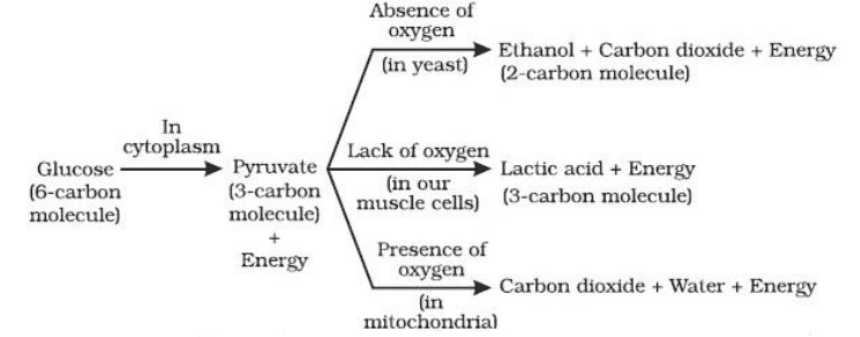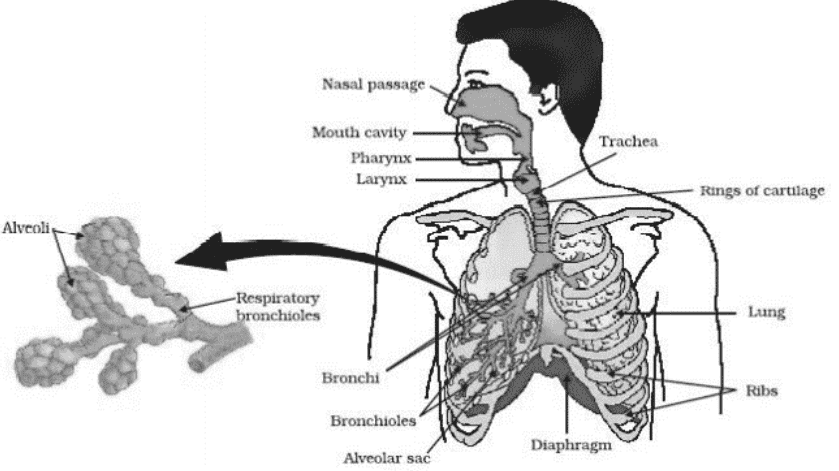Class 10 Science Chapter 5 Notes FREE PDF Download
Life Processes Class 10 Notes : CBSE Science Chapter 5
FAQs on Life Processes Class 10 Notes : CBSE Science Chapter 5
1. What are "Life Processes Class 10 Notes"?
Life Processes Class 10 notes provide a summary of essential biological processes such as nutrition, respiration, transportation, and excretion in plants and animals. They are designed to help students understand and revise the key concepts of the chapter efficiently.
2. Where can I find Class 10 Biology Chapter 1 Notes?
Class 10 Biology Chapter 1 notes cover topics related to the basic principles of life processes. You can find these notes on educational websites, textbook supplements, or revision platforms like Vedantu, which offer structured and concise notes.
3. Where can I download Life Processes Class 10 Notes PDF?
Life Processes Class 10 notes PDF can be downloaded for free from educational resources and revision sites. Look for links on platforms that provide study materials for CBSE, such as Vedantu, for easy access to comprehensive notes.
4. What does Class 10 Science Chapter 5 Notes include?
Class 10 Science Chapter 5 notes typically include key points on the life processes like nutrition, respiration, transportation, and excretion. They are designed to aid in understanding and revising the chapter thoroughly.
5. What are Biology Class 10 Life Processes Notes?
Biology Class 10 Life Processes notes focus on summarising the various life processes essential for living organisms. These notes include detailed explanations of concepts such as photosynthesis, digestion, and circulation.
6. How can I get Life Processes Class 10 Short Notes?
Life Processes Class 10 short notes are concise versions of detailed notes, summarising key concepts for quick revision. These can be obtained from study guides, revision apps, or educational websites like Vedantu.
7. What is covered in Class 10 Biology Life Processes Notes?
Class 10 Biology Life Processes notes cover topics including nutrition in plants and animals, respiration, transportation, and excretion. These notes are crafted to help students grasp and review essential biological processes effectively.
8. How do Class 10 Science Chapter 5 Notes help in studying?
Class 10 Science Chapter 5 notes assist in studying by providing a clear and summarised view of the chapter's key topics. They help in quick revision and reinforce understanding of important concepts.
9. Where can I find comprehensive Life Processes Class 10 Notes PDF?
Comprehensive Life Processes Class 10 notes PDF can be found on educational platforms and revision websites. Look for resources that offer detailed and structured notes for thorough exam preparation.
10. What makes Biology Class 10 Life Processes Notes useful?
Biology Class 10 Life Processes notes are useful because they summarise complex topics into easy-to-understand formats, include visual aids for better comprehension, and focus on key points that aid in effective revision and exam preparation.




















 Watch Video
Watch Video
















